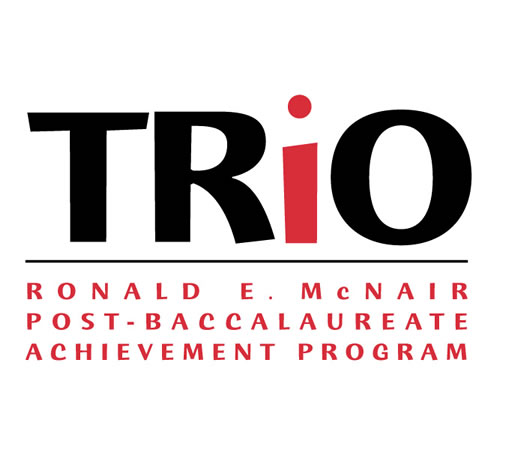Alzheimer’s in America: Effective Physical Activity Methods for Brain Health Reviewed
Abstract
The alarming rise in rates of Alzheimer’s disease indicates that there is an immediate need for a solution. According to the Centers for Disease Control and Prevention (2014) Alzheimer’s is currently the sixth leading cause of death in the United States. Over 400,000 new cases are diagnosed each year and these numbers are only expected to rise (Centers for Disease Control, [CDC] 2014). One out of nine people are living with the disease and 84,000 people succumb to this disease every year in America; currently there is no cure or direct treatment plan for the disease (Alzheimer’s Association, [AA] 2010; National Institute on Aging, [NIH] 2015). These numbers are very significant; almost a quarter of the population diagnosed dies every year. Being that Alzheimer’s is a leading cause of death, its presence cannot be ignored. The lack of a cure encourages researchers to seek out protective interventions in order to decrease the risk of developing the disease in later life. The purpose of this study will be to assess the effect of physical activity in middle adulthood on delaying the onset of Alzheimer’s disease. This study will identify trends in ongoing physical lifestyle activities that reduce the entire population’s chance of developing the disease in later life. This will contribute to previous research by focusing on prevention to reduce risk of cognitive decline and implementing a suggested intervention for middle-aged adults that will decrease the likelihood of Alzheimer’s being developed and help to delay the progression.
